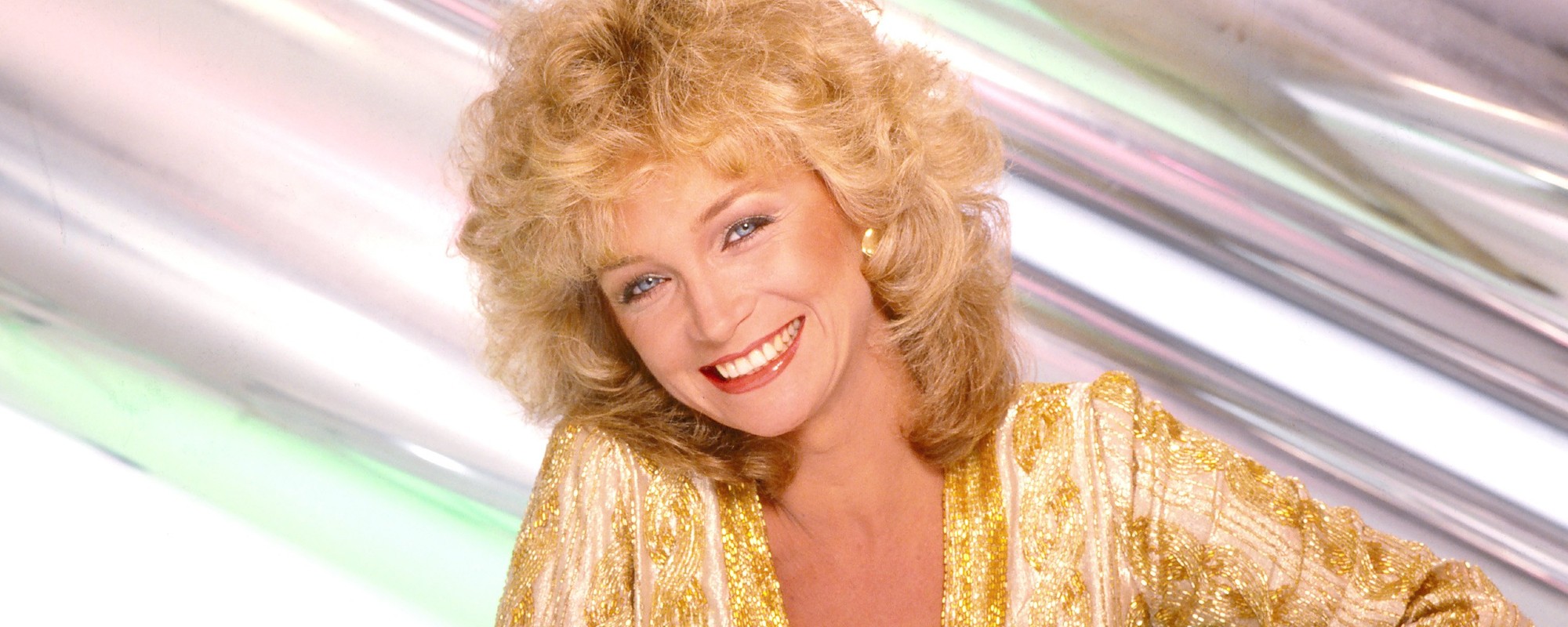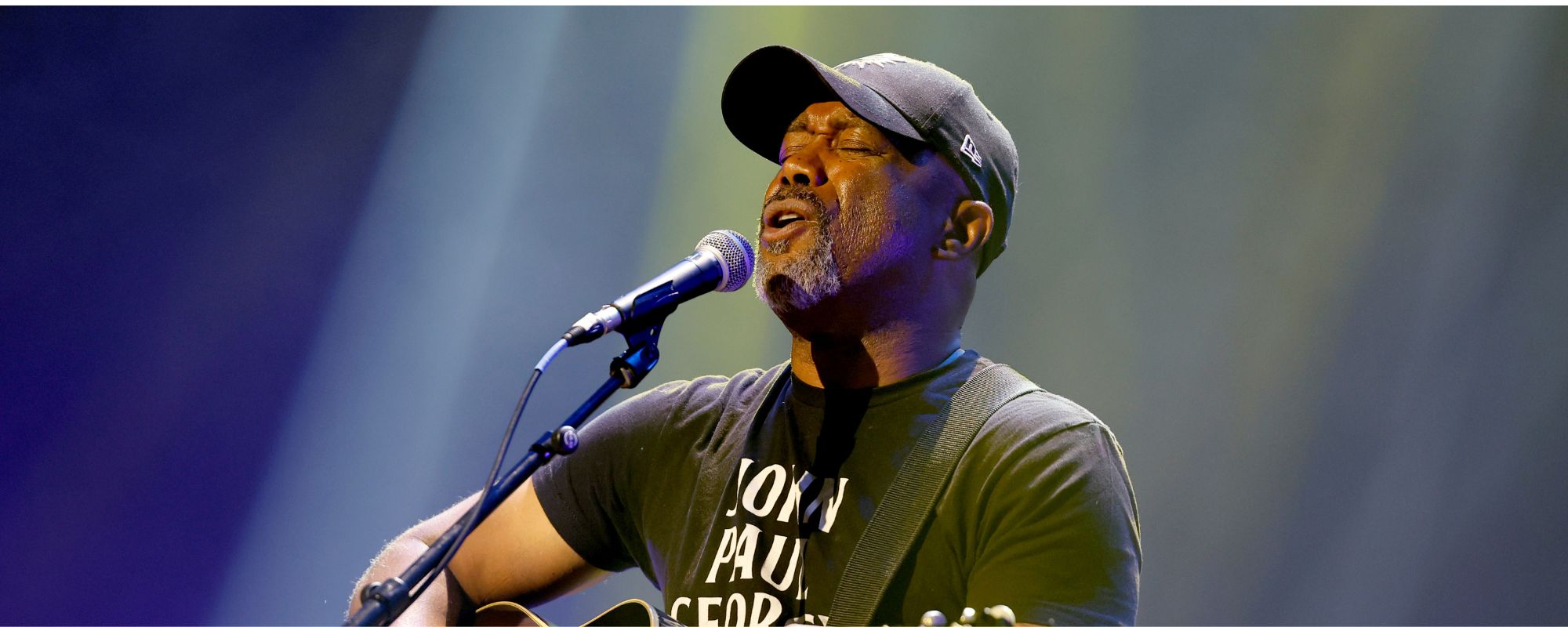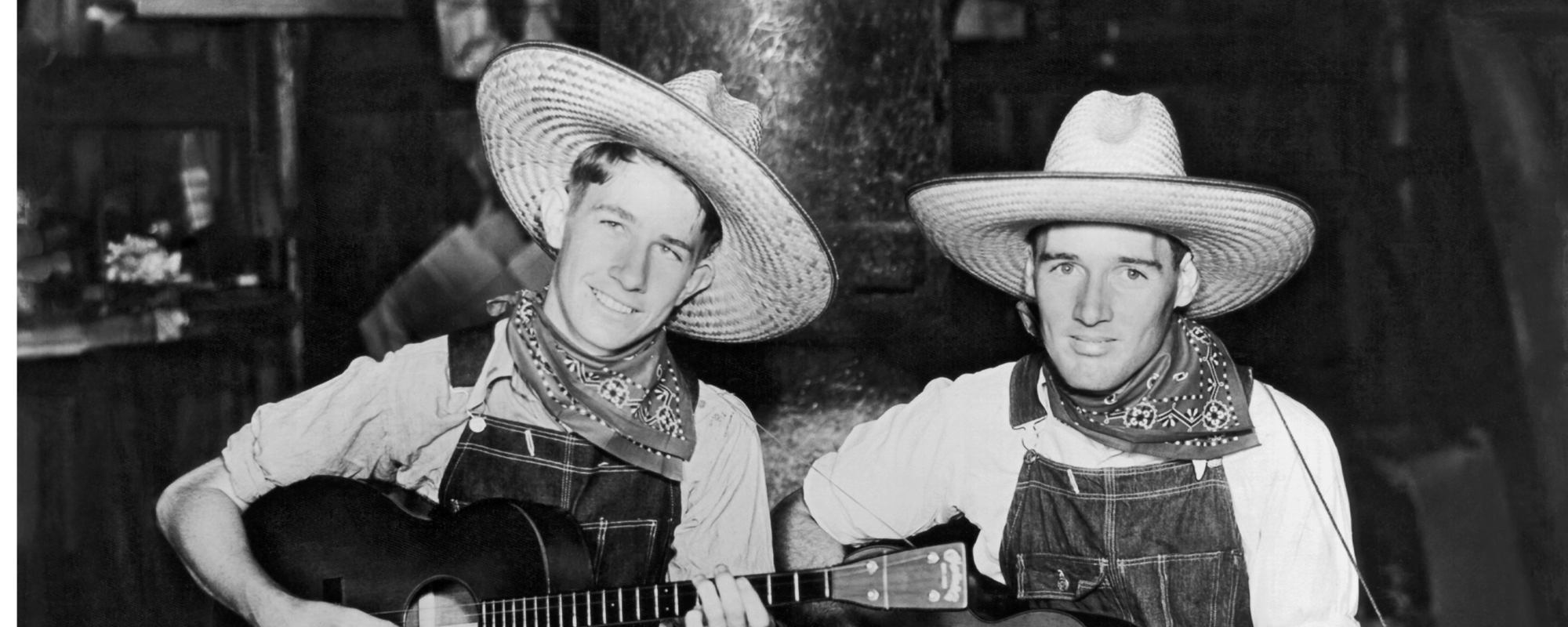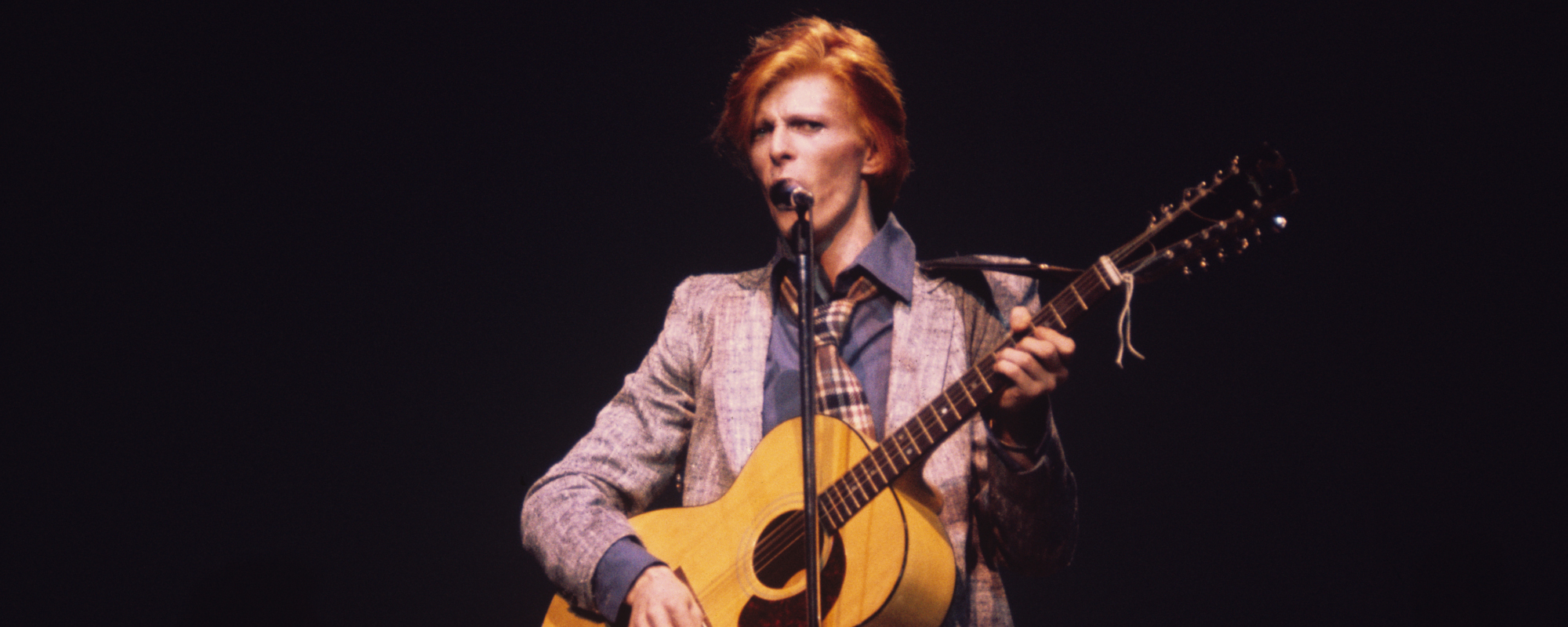A great deal of us have enjoyed the experience of listening to the older members of our family tell the story of their lives. No matter how colorful of a storyteller they are, we can only get a glimpse of what actually happened. It will inevitably be a faded, distorted version of the truth. That is the onus behind Jamey Johnson’s “In Color.” Uncover the meaning behind this track, below.
Videos by American Songwriter
Behind the Meaning of Jamey Johnson’s “In Color”
I said, “Grandpa, what’s this picture here?
It’s all black and white, and it ain’t real clear
Is that you there?”, he said, “Yeah, I was 11”
“And times were tough back in ’35
That’s me and uncle Joe just tryna survive a cotton farm
In a great depression”
If it looks like we were scared to death
Like a couple of kids just tryna save each other
You should’ve seen it in color
Johnson penned this track with James Otto and Lee Thomas Miller. The story was inspired by some black and white photos Miller saw of his grandfather’s. Johnson broached the idea of imagining what they would’ve looked like in color, jumpstarting the writing of this track.
“You look for the phrase that gives you a reason to write a song,” Miller once said. “And I was telling Jamey a story about some event that I’d been to, and it was a story…about Nashville back in the ’60s and some pictures in black and white…I’m talking, and he’s kind of zoned out…and he said, ‘There’s your idea. You think that’s somethin’, you should’ve seen it in color.’”
The verses see Johnson singing about watershed moments of the 20th century through the lens of his grandpa. From The Great Depression to World War II, the titular elder of this song recalls the colorful details of those events.
A picture’s worth a thousand words / But you can’t see what those shades of gray keep covered / You should’ve seen it in color, a selection of the lyrics read. It’s a powerful testament to a generation who lived through many unprecedented moments. Revisit this track, below.
Oh, and this one here’s taken overseas
In the middle of hell in 1943 in the winter time
You can almost see my breath
That was my tail gunner ol’ Johnny Magee
He was a high school teacher from New Orleans
And he had my back right through the day we left
If it looks like we were scared to death
Like a couple of kids just tryna save each other
You should’ve seen it in color
A picture’s worth a thousand words
But you can’t see what those shades of gray keep covered
You should’ve seen it in color
Photo by Terry Wyatt/Getty Images for Country Music Hall of Fame and Museum









Leave a Reply
Only members can comment. Become a member. Already a member? Log in.